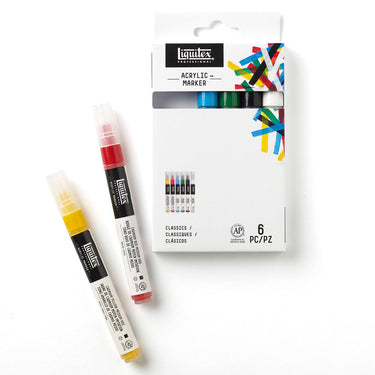Imagine you’ve spent days, weeks or month working on a piece to sell or display in your own studio. You then hang it on the wall where it fades significantly in just a few months… which is not what you want. Luckily, you can enjoy your work for years to come by using professional artist materials carefully developed to resist fading. Liquitex acrylic color is designed to be lightfast, meaning it offers artists the longevity and permanence they need. Learn more about lightfastness, and why it plays such an integral part in how we test color.
WHAT IS LIGHTFASTNESS?
Lightfastness the measurement of how chemically stable a material is when exposed to light. In scientific terms, a chemical reaction called photo-degradation happens when light hits a surface. This is when the chemical bonds between the molecules alter or break causing fading or a change in color. The longer it resists, the more lightfast it is.
WHY IS LIGHTFASTNESS IMPORTANT?
You don’t want your work fading away. If you’re after an archival result that will withstand the test of time, you need to use materials that are lightfast.
For art materials, it’s all about the pigments or dyes used. Some pigments are naturally more lightfast than others. The format also makes a difference. A pigment in a water-based formula may have a different rating when it’s in an acrylic.
However, while these colors may break down in UV light faster than other pigments, they do offer artists a unique color experience, and the benefit of an expanded palette may outweigh the benefit of extreme lightfastness.
HOW IS LIGHTFASTNESS MEASURED?
Testing is typically done by exposing a color to sunlight, or with an artificial light in a Xenon arc lamp machine… which speeds the process dramatically.
HOW DO WE TEST LIGHTFASTNESS?
At Liquitex we work with the highest-grade fine art pigments with good lightfast ratings. When a new color is formulated, it’s painted onto swatches. These head into our laboratory xenon machine and blue wool standard. The process takes around three weeks. We do our own in-house Blue wool test for Permanence rating where we test all our colours.
HOW DOES THE TESTING MACHINE WORK?
The Xenon Arc Machine uses an arc of ultra-bright xenon lights to replicate ‘real’ light conditions. In other words, the machine replicates the process of colors being exposed to natural daylight filtered through a glass window. The bulbs produce white-blue light in full spectrum UV, visible light and infrared rays.
Two to three times brighter than a halogen, the Xenon chamber is a turbo-charged version of real life. It lets us accelerate the process. When paint swatches are put in the machine for 300 hours and blasted with light, which is equivalent to 100 years of studio conditions. We also use Blue Wool scales standard that we put in with the samples each time we conduct a test. Then, we remove the swatches and observe the change.
WATCH HOW WE TEST LIGHTFASTNESS
HOW DO WE RATE LIGHTFASTNESS?
In the art world, the two main measurements for lightfastness are the ASTM scale (American Standard Test Measure) and the Blue Wool Scale (BWS). Liquitex mainly uses ASTM, invented by the American Society for Testing & Materials. This shows how a color will stand up when kept inside in museum conditions and rates it from I to V (I = excellent, V = v poor). The BWS uses a rating of 1-8 (1 = extremely poor lightfastness, 8 = maximum lightfastness possible).
ASTM
I = Excellent (should show no signs of change over 100 years)
II = Very good (should remain unchanged for 50–100 years)
III = Fair (should remain unchanged for 15–50 years)
IV = Poor (should remain unchanged for 2–15 years)
V = Fugitive or very poor (will show changes in 2 years or less)
BWS
7-8 = Excellent (equivalent to ASTM I)
6 = Very Good (ASTM II)
4-5 = Fair (ASTM III)
2-3 = Poor / Impermanent (ASTM IV)
1 = Very poor (fugitive) (ASTM V)
Liquitex paints are all rated ASTM I (excellent) or II (very good) and considered permanent and lightfast for 50-100+ years in gallery conditions. Our metallic and fluorescent colors are naturally less lightfast. The label states NR (not rated) – meaning that it has not been tested for lightfastness.
HOW HAS THE INDUSTRY CHANGED?
Artist materials weren’t always as standardized as they are now. Liquitex founder Henry Levison played a major role in this. A constant innovator, he invented the world’s first artists’ acrylics in 1955, then helped establish lightfastness standards across the industry. At the start of the 1970s, Levinson unveiled the “weatherometer”. This was the first machine to test paint for lightfastness, changing the way paints are formulated and selected forever. Next, he was part of the team that developed the international ASTM lightfastness scale for art materials. In 1984, Liquitex was the first paint to list pigments and ASTM ratings on its labelling — and the world followed.
If you’re interested in learning more about lightfastness, send us a question on Facebook or Instagram.

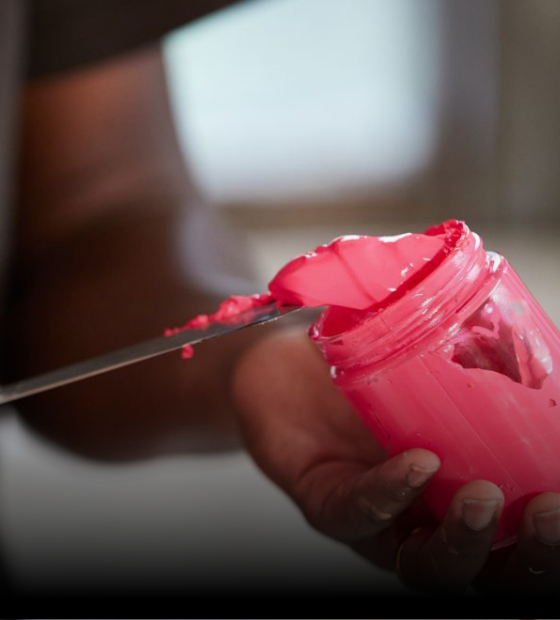
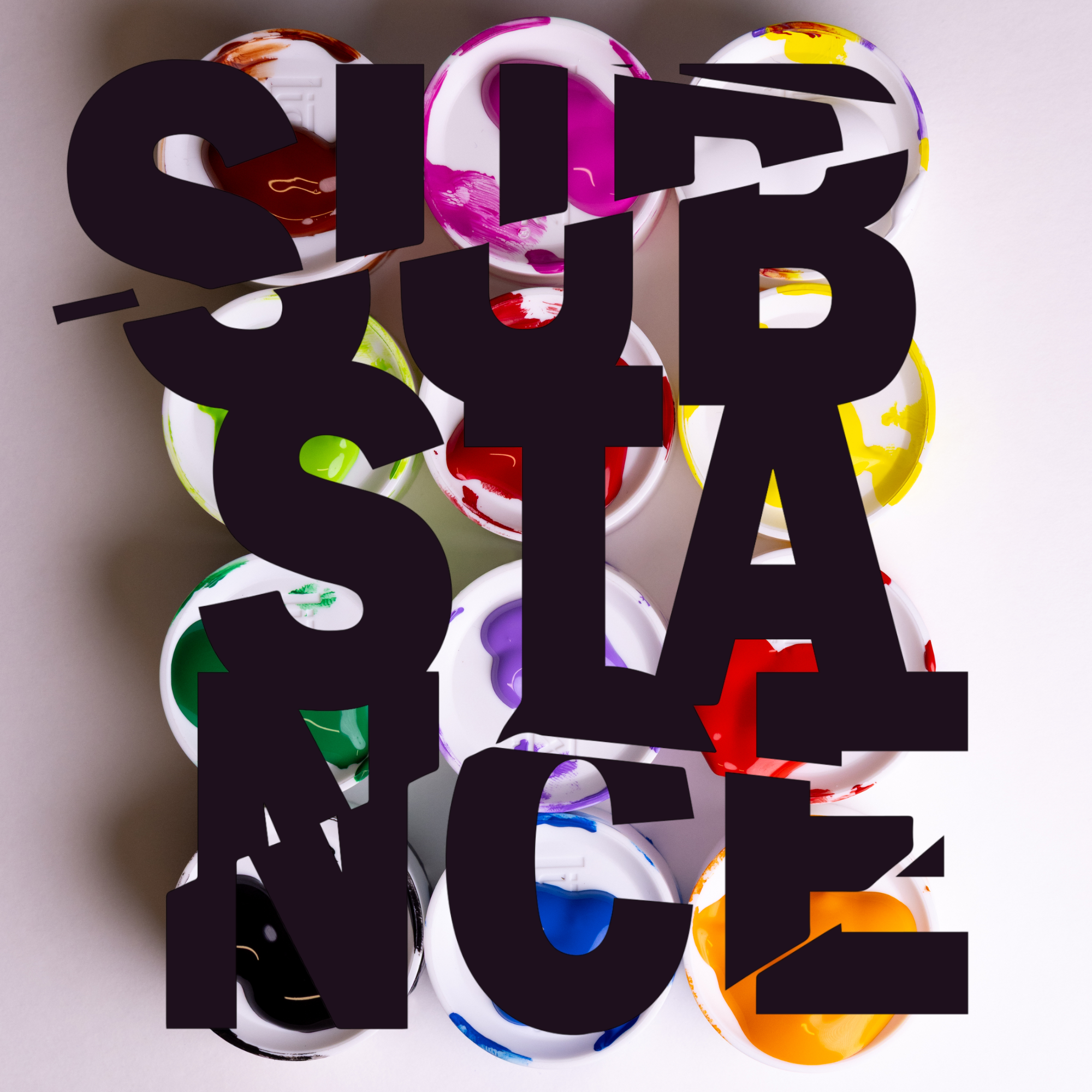
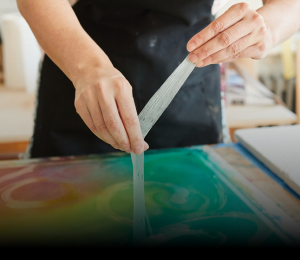
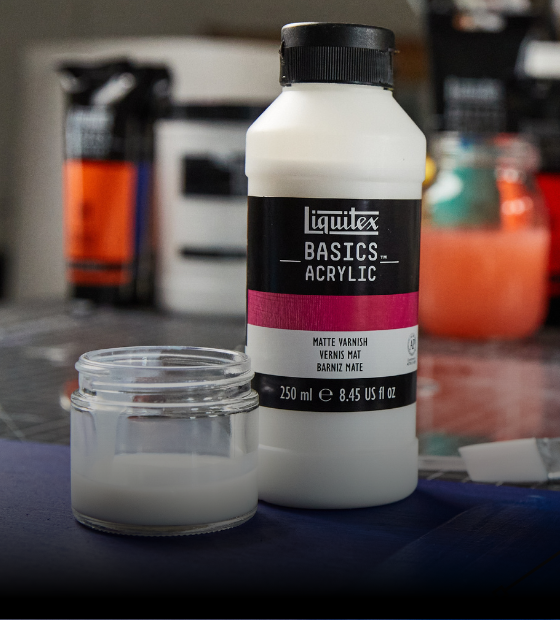
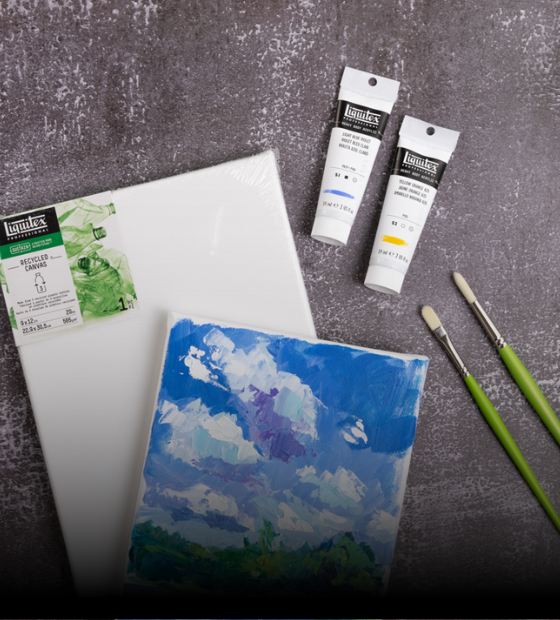
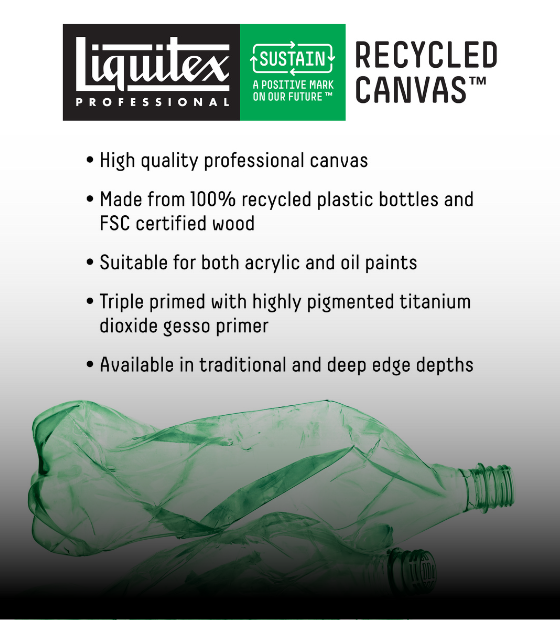
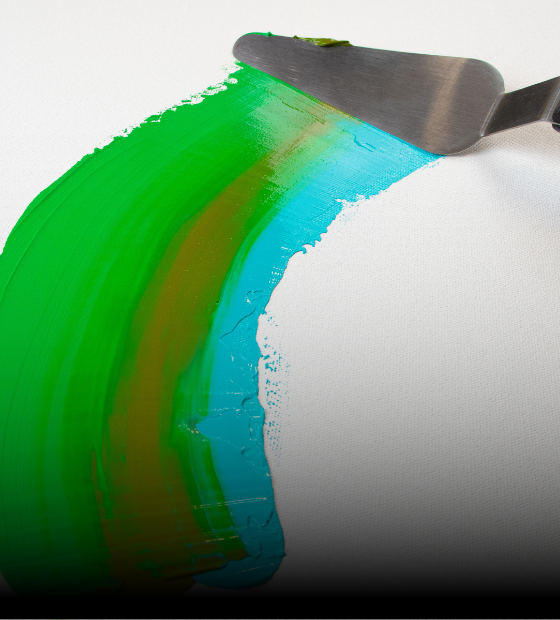
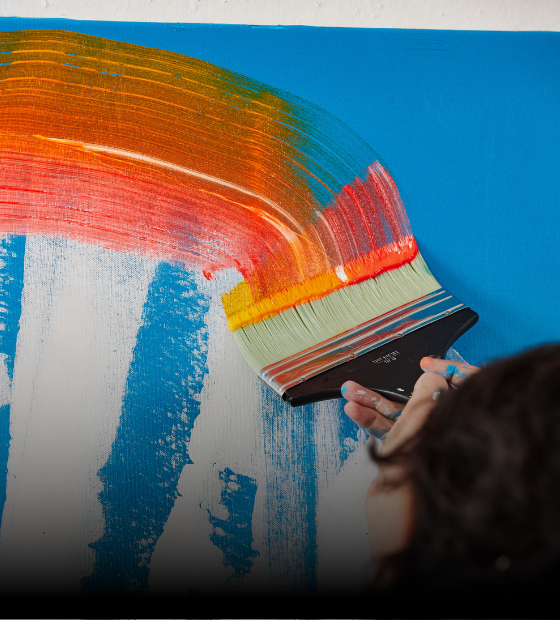
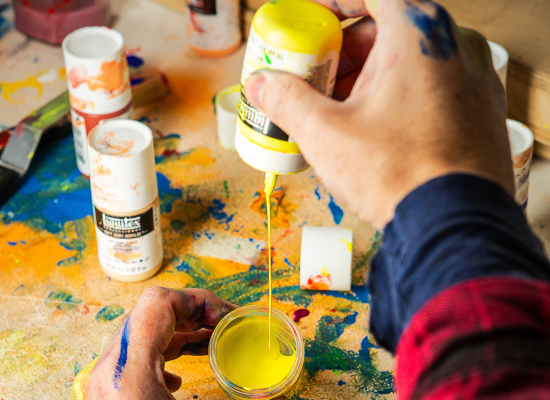
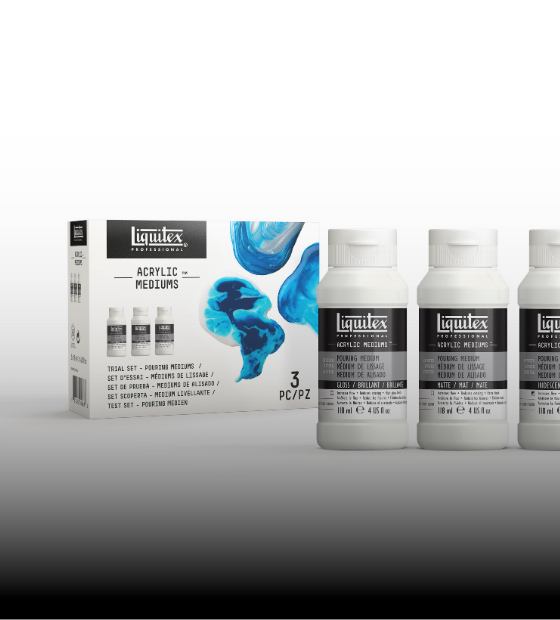
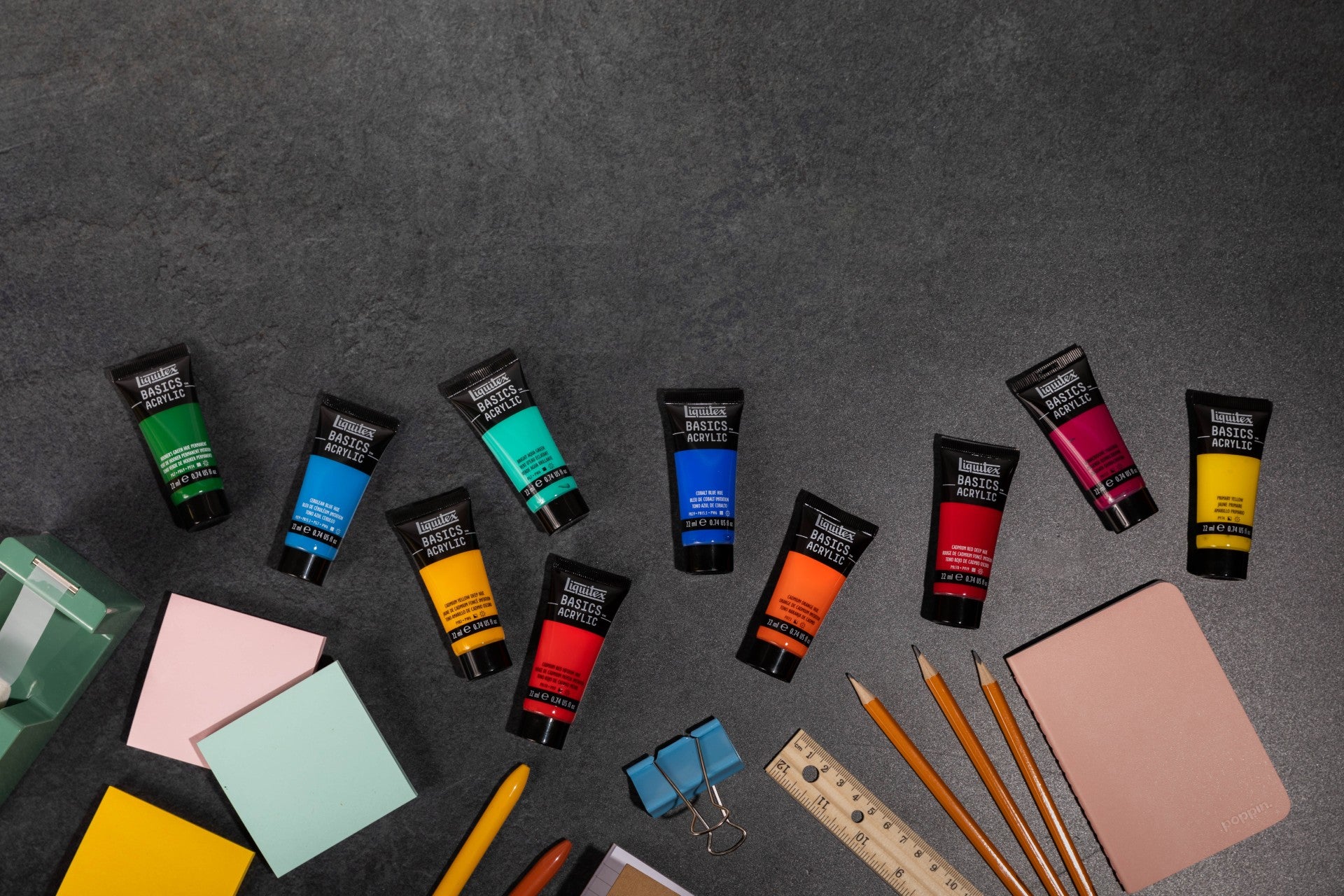
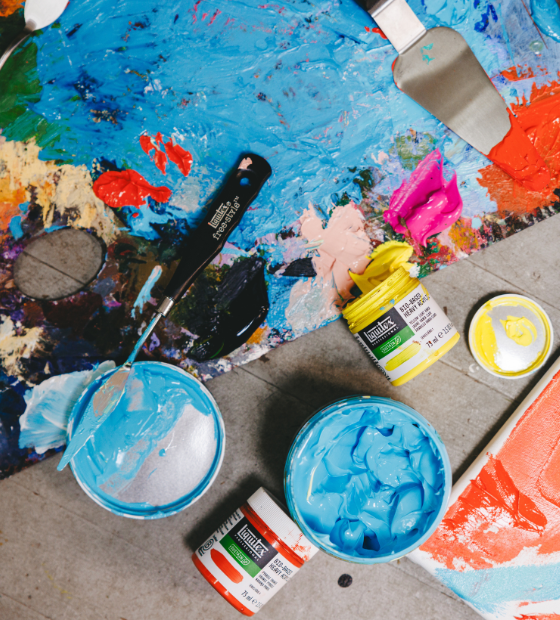


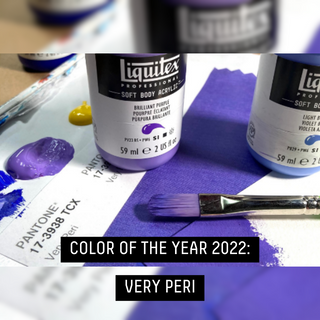
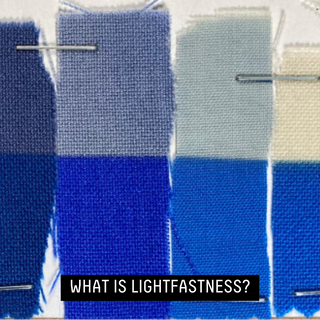
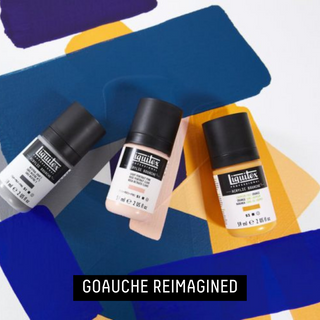
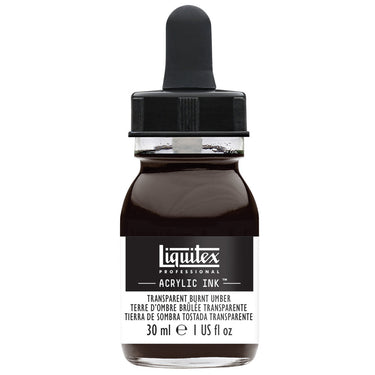
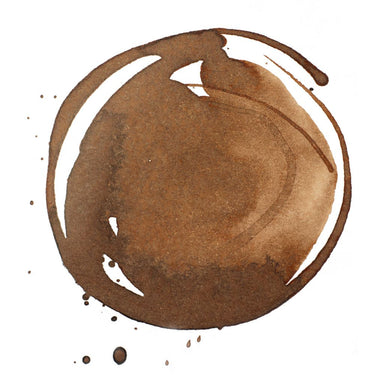
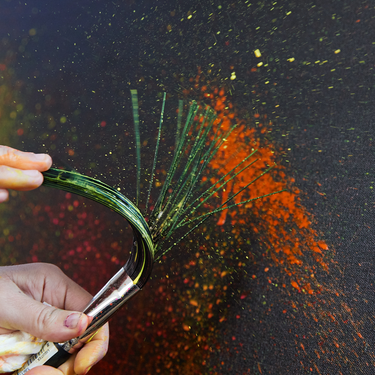
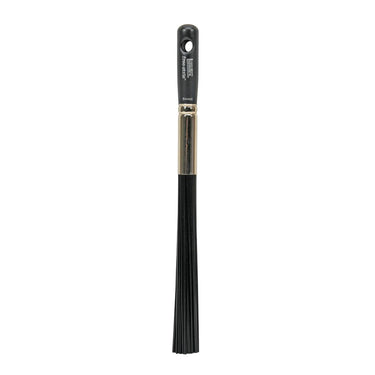


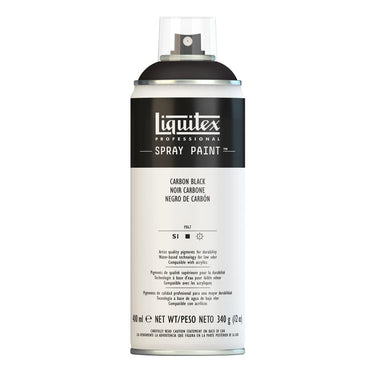



![LQX ACRYLIC MARKER SET 6X 2-4MM CLASSICS [CONTENTS] 887452001225](http://uk.liquitex.com/cdn/shop/files/68762_4855e6eb-82d5-4a11-a736-1f41ab15882e_375x375_crop_center.jpg?v=1709305272)
